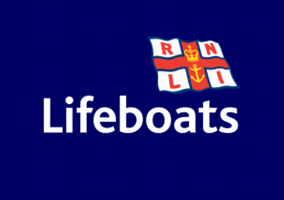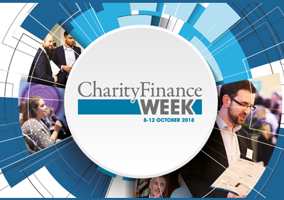You can’t blame people for not trusting published numbers, whether in the small print of a Facebook advert or written on the side of a bus. The concept of a number representing an objective truth is more questioned than ever before.
As well as a lack of trust in the numbers, there are radical changes to the way that people view accountability. In our social lives, which are often supported, even dominated, by technology and social networking, accountabilities are direct, often virtual and not bounded by geography.
It is not just on the internet that we see more complicated systems of accountability. In our politics, our communities, within the charities in which we work, there are multiple relationships and multiple stakeholders. In their excellent book The Starfish and the Spider Ori Brafman and Rod Beckstrom explore the concept of ‘leaderless organisations’ where the network is more important than the hierarchy and there are multiple places in which leadership appears and accountabilities are derived.
In this context demonstrating impact, public benefit and the delivery of charitable objectives can be complex, and a key question becomes how can one stay accountable in these non-traditional systems? And how can we cut through all of the noise?
Against this backdrop, what makes for a good trustees’ annual report?
Candour
We are all human, and there is always a danger that public performance measurement either internal or external may inhibit open and honest reporting and lead to positive reporting bias. For me the best annual reports manage to avoid this. Of course they talk about the great work that a charity does, but are also candid about challenges and failures.
Focused on impact
At the beginning of their seminal book on the balanced scorecard Kaplan and Norton give the example of a pilot being asked to test the cockpit panel for a plane using one instrument at a time. On the first flight, they would have no instruments but the altimeter, the second nothing but the speedometer and so on. This approach is clearly nonsense and would lead to a short-lived test pilot; so why, ask Kaplan and Norton, do we try and run our businesses just using one simple measure of profit? Similarly, in the voluntary sector we need a series of measures in order to get a full picture of our organisation and its impact, not just a summary of the financial position.
The best annual reports pay as much attention to non-financial data as they do financial data and make the links and connections between the two in terms of the impact of the charitable spend that has taken place over the year.
A good story
If we cannot communicate what we do effectively, then what confidence can anyone have in the impact we are really having? While it is of course important to make good use of quantitative information in an annual report, nothing beats a good story. It is one thing to read that Ambitious about Autism provided over 300 school and college places for children and young people with autism in the last year, quite another to read Kieran’s story, written by him in the first person about him coming to one of our schools half way through year 7 having been taken out of his new secondary school and then over a four-year period in which his skills and confidence grew, achieving success in all his GCSE results and being healthy, happy and ready to move on to a sixth form.
Compliant
It should go without saying that a good trustees’ annual report is compliant, but we can’t take this for granted. Earlier this year the Charity Commission criticised the quality of audited charity accounts, stating that only half of the accounts reviewed met their external scrutiny benchmark. Common themes were not sharing enough information on the charity’s purposes or activities, through to basics like having pages and dates missing. Trust, confidence and good accountability are at stake if we don’t do better.
Engaging
There is a Masai saying “if you want to travel fast then travel alone, if you want to travel far then travel with others” This is certainly true, I believe, in organisational life. Being truly accountable is about more than just an annual document but comes from engaging fully and openly with the people that a charity works with and for. The best annual reports are seen in this wider context, with the rich information that they contain being used in a variety of ways and settings as charities engage in a spirit of openness and honesty.
Paul Breckell is the deputy chief executive of Ambitious about Autism and honorary treasurer of NCVO.
|
Related articles












